So you’ve just found some of your granddad’s or great aunt’s glass vase collections in the attic, adorned with various attractive motifs, and thought, “Hey, this piece could be worth a fortune.” Yes, it very much could if the evidence matches what is required for such a piece to be of high value. However, it also might not. You could just be keeping your hopes up for a fake or cheap reproduction. So, the best approach to take is to find out how to determine the value of your antique and vintage glass vase:
Like every other antique or vintage glass product, each glass vase would possess markings that can give you an idea of who made it and when. In turn, you can use that to find out the process used to make them. and even the reason for their manufacturing. Either for a prominent person or a special event. So that, in the end, you get to estimate the proper valuation of your findings.
So please read on as we delve into every aspect of an antique or vintage glass vase needed to make you a well-informed collector, from the evolution of glass making to the methods for identifying vintage glass via factors like their brand and Style. All, in turn, to effectively assess the value of your antique glass vase.
Table of Contents
The Evolution of Glass Making
Ancient Era
During the era of the Egyptian dynasties and early centuries of the roman empire, glassmaking was a prominent form of artistry, as the main ingredients for making such pieces of art required soda, lime, and silica. This composition method is popularly practiced amongst glassmakers from the times of Ancient Egypt down to the early days of Rome. Items closest to a vase during this period were beakers and shallow dishes. All are designed via a patterned core (usually made of wood or mud and dung) with a specific shape.
The process involves the molten glass (Soda-silica-lime molten solution) smeared around the mud-made core of a specific shape. Until every part of the core is wrapped in molten glass. Such a process was rigorous, and only royalty was privileged enough (financially and status-wise) to perform such types of artwork.
Towards the Christian era (post-Rome), a new method of making glass items emerges. This method is known today as the glassblowing method. The process involves a long blowing pole (5 feet long) with a mouthpiece on one side and a knob on the other end. A Molten glass blob is placed on the knob end to roll it into a suitable shape/core and flat source called a marver, which is either made of stone or metal.
The user will then begin to blow glass via the mouthpiece so the blob would inflate into the core.
Apart from shaping the glass, there are methods to give the glass colors, which involve using metallic oxides. For instance, iron oxide produces black or brown colored glass. Antimony produces yellow. While manganese has purple and tin is used to make white. Another metallic oxide that produces color is copper, and it can give the glass a green tint or ruby red color.
Middle Ages (5th to 15th century)
During this period in human history (200 A.D), the glassmaking skills had diminished as final products were riddled with air bubbles and streaks, which were far below the expected result during the roman empire era. However, a substance used to clean off the colored glass was discovered, known as pyrolusite (glassmaker’s soap). This substance is a mineral of manganese that acts as a discoloring agent that can turn colored glass items almost colorless.
By the 7th century around Venice, the method adopted by the ancient Romans, which was glass blowing, was revived, utilized, and developed further till the 15th century.
From The 1600s To The 1800s
By the 17th century, glass making became a lot easier in terms of getting more units done. Thanks to the method of manufacture discovered, a French company known as Gobain. This method was named the “Broad Glass” method.
How does it work? It involves blowing long glass cylinders and then splitting into several portions and unrolling them individually until each forms a nearly flat rectangular blob. Each rectangular chunk is then later grounded into cores and then polished on both sides before assembly.
In the 17th century (1674), lead-crystal glass was invented by a Brit known as George Ravenscroft of London. He named his type of Glass flint glass. From the fact that his lead-crystal glass forms from crushed pebble quartz, lead oxide (15%), and pure potash. This combination results in a clear, lustrous glass that is easy to cut, which makes designing patterns and motifs easier.
Not long later (1680), the Bohemian crystal glass was invented. And it was composed of lime and potash, which was a suitable combo that makes it easier to engrave patterns or motifs.
From the early 1800s to Present Day
The start of this era sparked the chemical revolution during the early 1800s when many newly discovered principles started to improve applications of the glassmaking process. Such as the studies on maximizing the durability of the lime-silica composition. It enabled the invention of various glasses of different intensities and properties.
During the late 19th century, the process of glass making improved. Thus leading to the invention of many variants of glass. Such as Art Glass, depression glass, elegant glass, kitchen glass, milk glass, and many more. Each type has its material & chemical composition, intensity, hue, and other physical qualities.
Today, glassmaking has become more accessible due to the advancement in technology. Companies can craft pressie pieces and replicate old glassware designs with little to no effort as the whole process is automated due to artificial intelligence.
How To Identify Vintage Glass Vases
Here are several methods you can use to effectively identify your vintage Glass Vase piece or collection before valuing them:
Identifying vintage Glass Vase Markings
You can identify your vintage or antique glass vase from the Markings made on it by the manufacturers. These marks could be in the form of the company’s initials or the artist’s signature. You can find such markings at the base bottom of the vase. And in some cases, on the side. For artist Vase pieces, you can find the initials on the vase’s side (or probably in an unconventional place on the vase).
Apart from the maker’s marking, you can identify your vintage vase (especially its ages) from its patterns, ass every era had a particularly popular way. For instance, your vase could be from the mid-1900s because the design is geometric.
Identifying types of Vintage Glass Vases
Another way to identify your vintage or antique glass vase is by inspecting its type, as there are three types of Vintage Glass Vases besides regular glass. They include:
Crystal
- This type of glass is the one made with lead oxide. Its composition gives the glass specific properties:
- A crystal-made glass vase is far heavier than regular glass Vases.
- Another feature is the shine, as crystal glass Vases reflect light, so the glass gives off a prism effect (rainbow reflections).
- Also, crystal Vases usually possess cut patterns designed on their sides which are fine and Sharp upon touch.
- And finally, you can tell your vase is a crystal from the chime sounds it makes after gently hitting it with a metal piece.
Cut glass
Another type of glass Vase to look out for is the one with patterns on the side looking finely cut. If you rub your fingers against such a Vase surface, it would feel as though it will cut them.
Pressed glass
This type of glass consists of a point of pattern which feels smooth upon touch.
Identifying Styles of Vintage Glass Vases
There are several in-demand styles of glass materials used in making tableware and household items such as vases throughout the 1900s. They include the following:
Art Glass – Artisans usually make vases made out of this type of glass. You can tell from the mere visual observation that the vase appears a lot cruder or has a unique design. Sometimes they may not seem like a flower holder like the typical vase. Also, vases made of art glass usually have the artists’ signature on their sides or bottom base.
Milk glass – If your vase is milk glass, it should appear extremely opaque ( usually white).
Depression glass – vases made out of depression glass usually have air bubbles and streaks. The reason is that the shortcomings mentioned earlier are more like authentication marks. Items made from depression glass are from a global economic struggle, which required many companies to cut back on the production budget, including those making glass items.
Carnival glass – if your vase is carnival glass, it was most likely given out for free or sold to commemorate an event. You can identify them from the promotional marking for an event.
Identifying Brands Of Vintage Glass Vases
You can tell the difference between Vintage glass Vases from their brands. For instance, if your vase possesses an artist’s signature and appears unique, then probably an art glass piece. They are usually made by companies such as Art Nouveau or Art Deco.
Identifying Color Of Vintage Glass Vases
How are vintage glass Vases colored? Vintage vases get their color from certain metal oxides used to treat them during their manufacturing process. And each of these colors offers a specific value to your antique or vintage vase. As certain colors are prevalent (like pink, green, clear, and white).
Cranberry red color – this Vase color is rare and beautiful. It’s a dye derived from an oxide of gold fusing with the molten glass solution.
Cobalt blue – it is also rare if your vase is cobalt blue. Such vases, in their molten state, get fused with cobalt salts.
Amber – this is another rare color of the vase. But instead of being fused with an oxide, it is done with Sulfur.
Assessing Antique and Vintage Glass Vases Value
Valuing your vintage Glass pieces upon mere observations or flimsy advice from supposed experts won’t work as you’d not be in equal standing with negotiators not commanding stance when it comes to pricing. Here’s are various methods to follow which would give you an idea of what your vase could cost:
Do Your Research
Performing intensive research is the cheapest form of assessing your vintage vase’s value. The process generally involves utilizing features of the vase to get its value on the internet. Such features include Markings like the manufacturer’s mark, artist’s signature, date of creation, and even the Style of the pattern. Use them to compare your findings on retail sites like eBay or Etsy. You can also use appraisal sites as a reference point for your findings.
Condition
You can’t sell an antique or vintage Vase piece at a total price if it’s not in perfect condition. As the vase generally should be free of air bubbles and streaks. If not, the value of the piece will drop. Unless the vase condition isn’t that bad and the buyer is willing to let it slide. Another exception is if the vase is depression glass. Then air bubbles and streaks are more like for authentication, and their price will only go up in that aspect.
Rarity
There are several ways to determine if your vintage or antique glass vase is rare. One of them is by observing its shape. If it’s uncommon, it’s most likely an art piece with only a few similar units or just one in circulation in the glass vase vintage market. Another feature that can make your vintage Glass Vase rare is the color.
Rare vases usually consist of uncommon colors, which could be blue, blue, amber, or red. Your vase could also be rare if it consists of two colors (a bi-color piece).
Another feature that can make your vase rare is the artist’s signature. As such, pieces were not many in circulation then, and they could be fewer today.
Age
The age of your Vase piece adds a lot of value, as older methods of making glass items were strenuous, time-consuming, and less accurate. But more effort has been put into it than newer methods over the years.
Upon face value observation, you can tell your vase is an old piece from its simple structure or slight defects such as air bubbles and streaks. Apart from its design, you can also get its manufacturing date from its company’s Markings. Or even the Style of the pattern.
Beauty
Vases are still decorative pieces. So, if other factors like age or manufacturer don’t do justice to your expected price, they can still be valuable as long as the Style of pattern or motifs, shape, and visual effect (iridescence) and its color or color combination can bring the room together.
Hire An Appraiser
This assessment method will give you the actual value of your vase while saving you time and effort. From the appraiser’s experience and process, they will give you a comprehensive breakdown of your finding’s value and why.
Compare to Recently-Sold Pieces
Here are some sold pieces of vintage glass vases to compare your findings with:
- 19th-century old hand-blown White floral Vase (available at $130).
- Old Japanese pink-colored hand-shaped vase with a floral design (available at $500).
- A wooden black Bear is holding a Victorian-designed posy glass vase (available at $50).
Top 5 Antique and Vintage Glass Vases You Can Get Your Hands this 2022
5. Emile Gallé Vase Decorated Dicentras Art Nouveau Pink Multi Layer Glass Old 19th
It is a 19th-century art glass piece consisting of two colors (multi-layered), burgundy and white. Its shape is quite attractive with its long teardrop shape and round opening. Another key feature of the vase is the signature on the side which gives its authentication that it is from Gallé.
Price $(3000 – 4000)
4. Beautiful Antique Glass Vase Art Nouveau Style Bronze Patina Czech Republic
Here’s another Art Nouveau piece that possesses two primary materials: bronze and bohemian glass. The bronze is sculpted to form a floral handle for the prominent cranberry red bohemian glass beaker, consisting of pressed patterns.
Price $(2000)
3. OLD ANTIQUE MOSER BOHEMIAN CZECHOSLOVAKIA URANIUM GLASS VASE WITH OROPLASTIC
It is a cylindrical bohemian glass vase with a uranium green see-through color, which appears to glow if life by a light source in a dark or slightly dark room. Its center consists of oroplastic, which has floral designs on it.
Price$(600)
2. BACCARAT Pair Antique French Acid Etched Cameo Glass Vases Art Nouveau Poppies
They come in pairs, as you can see from their similar designs, consisting of a rectangular shape supported by a gold-colored stand on each vase. And some gold floral gilt painted accent. Around the base are the maker’s marks which indicate the piece is from the late 18th century (1860), and a Baccarat made it.
Price $(3000)
1. Antique French Baccarat style crystal vases with cover stepped base 19th century.
This pair of Vases are crystal glasses that shine upon exposure to sunlight. Their designs consist of pressed geometric patterns.
Price $(3000)
Where To Sell or Buy Antique and Vintage Glass Vases
You can purchase some antique or vintage Glass Vases from online marketplaces such as eBay, Etsy, 1stdibs, Amazon, Chairish, & pamono. But such a purchase method is risky as you might not get what you order. Or the piece you ordered happens to be damaged ( probably via delivery, or it arrived damaged).
The best alternative is to visit your local antique store, thrift store, garage sale, or estate sale for old Vases. It gives you the advantage of inspecting the piece’s condition before purchase.
Additional Resources
You can get information about your piece from blog posts from appraisal sites. Especially the ones that deal with Vases explicitly, such as mearto. They can guide you in properly assessing its value from the physical factors it possesses.
Various antique forums are also great resources for your vintage piece. Such as “iantiqueonline,” antiquers, and “pottery and glass.”
Final Words
Antique or vintage Glass Vases are great investments as they’re one of the most in-demand old pieces in the antique market. It would be a huge miss not to cash in or explore the value of the dimes your grandparent(a) gathered all through their best years.
So please make use of our methods for identifying antique or vintage Glass Vases. Along with our plans for Assessing their values. We’ve also proved recent sales of antique glass Vases you can reference and up to 5 antique glass Vases you can invest in right now.

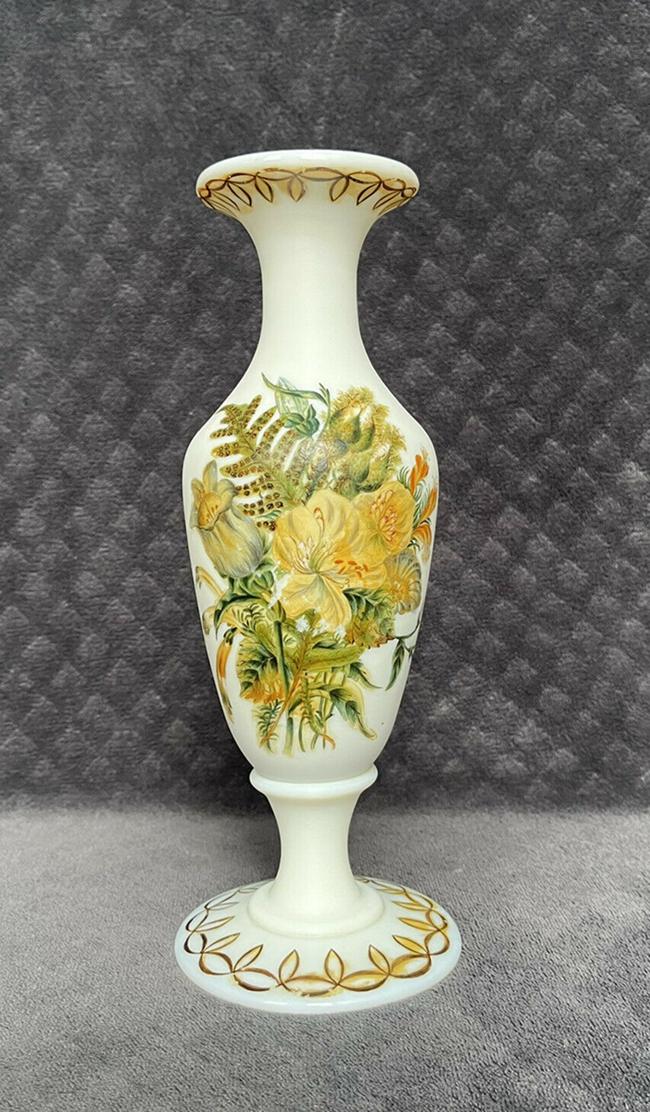
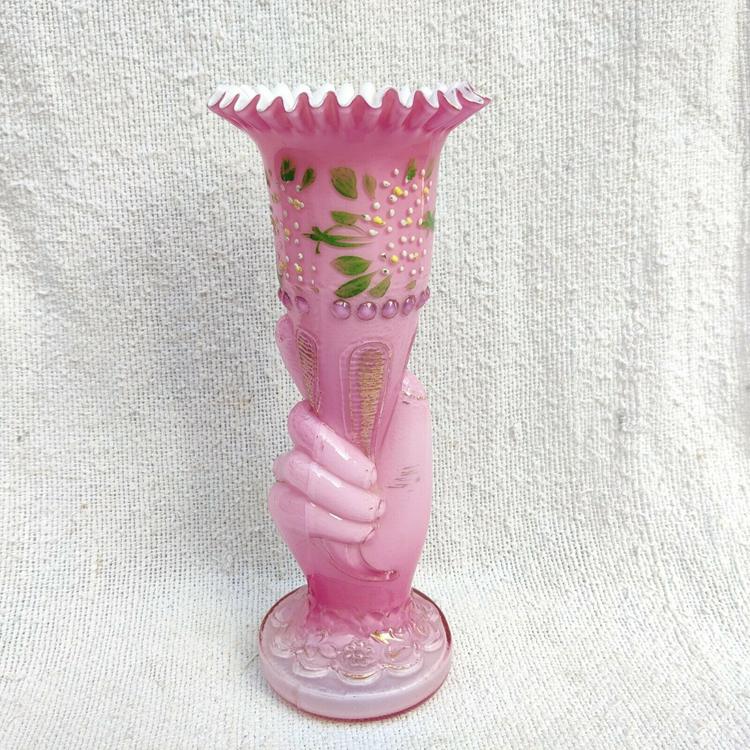
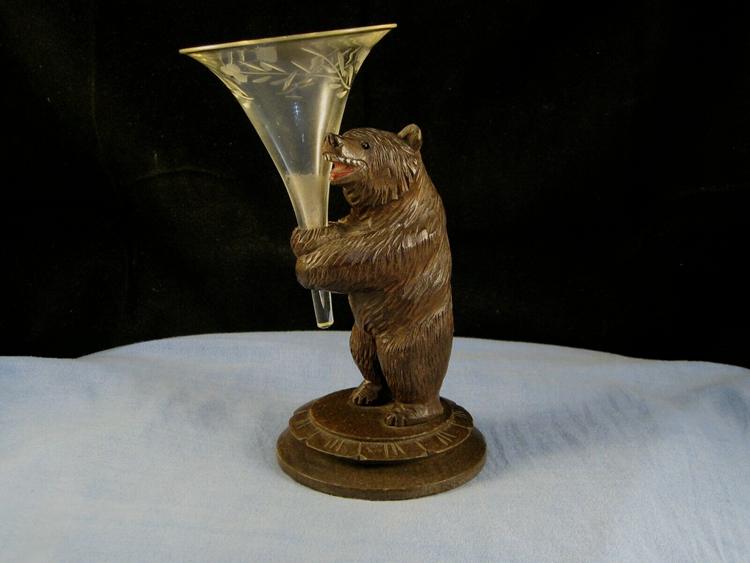
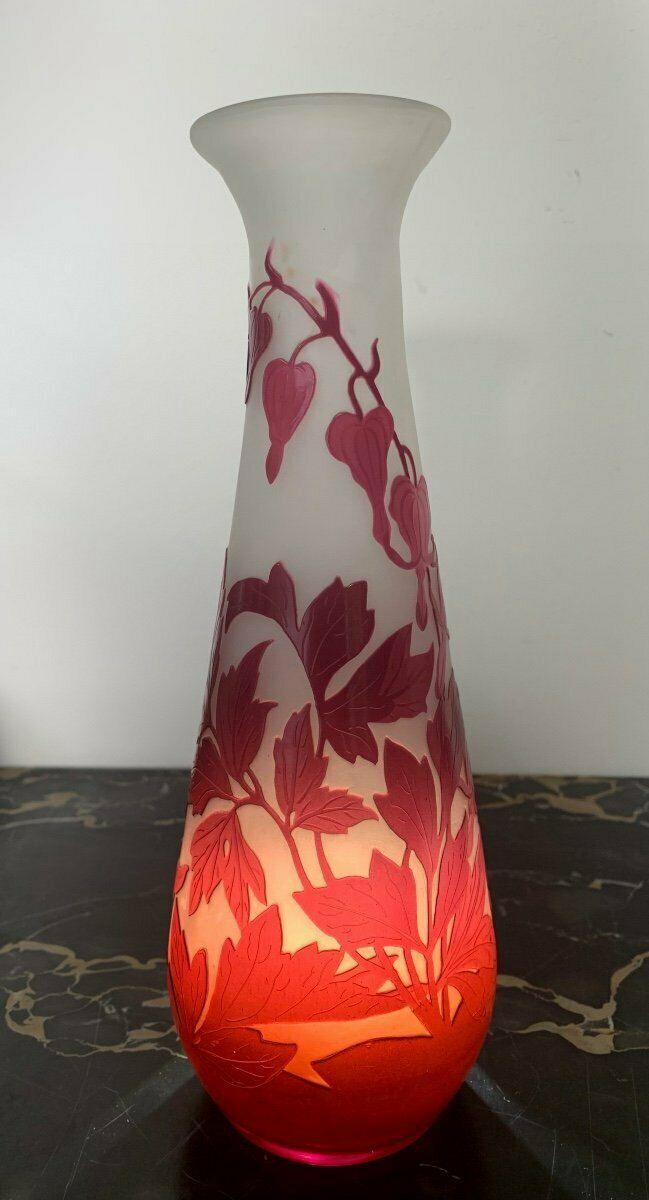
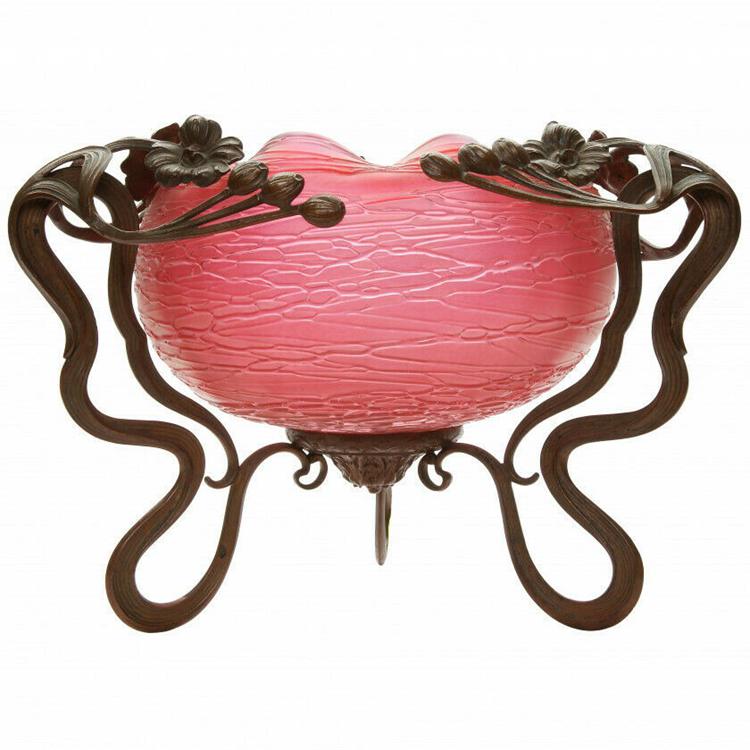
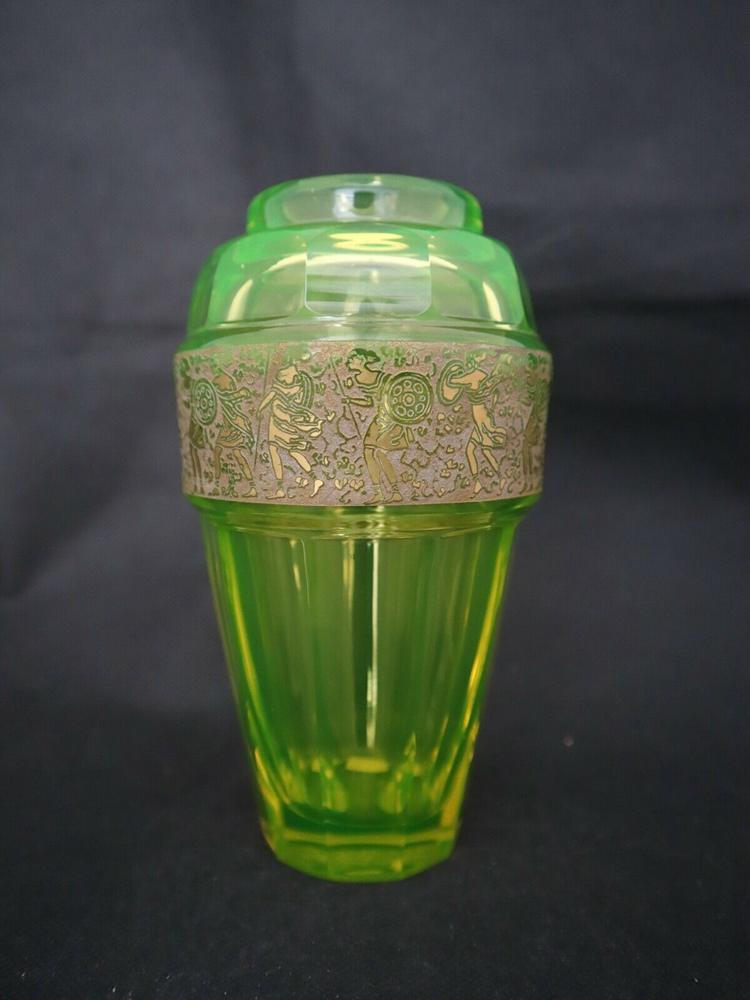
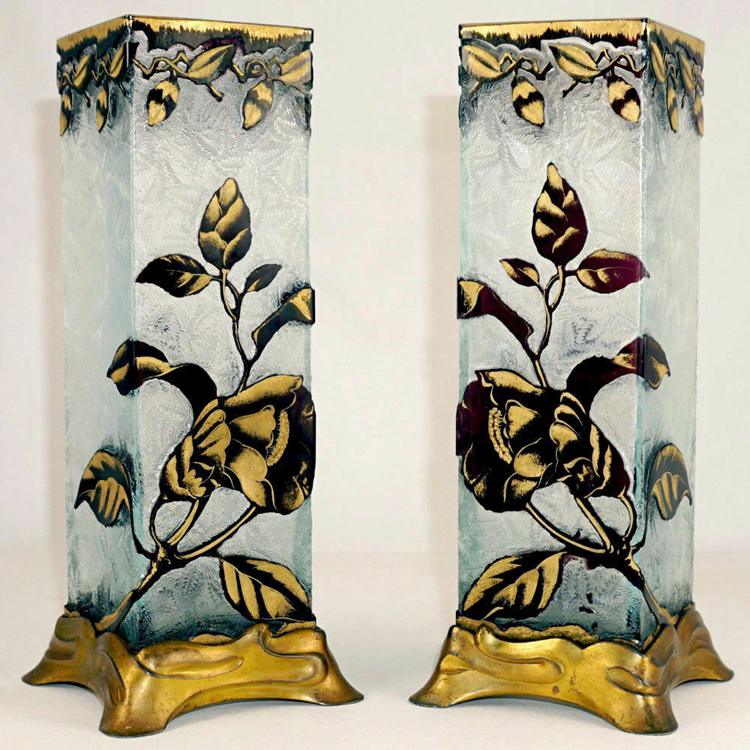
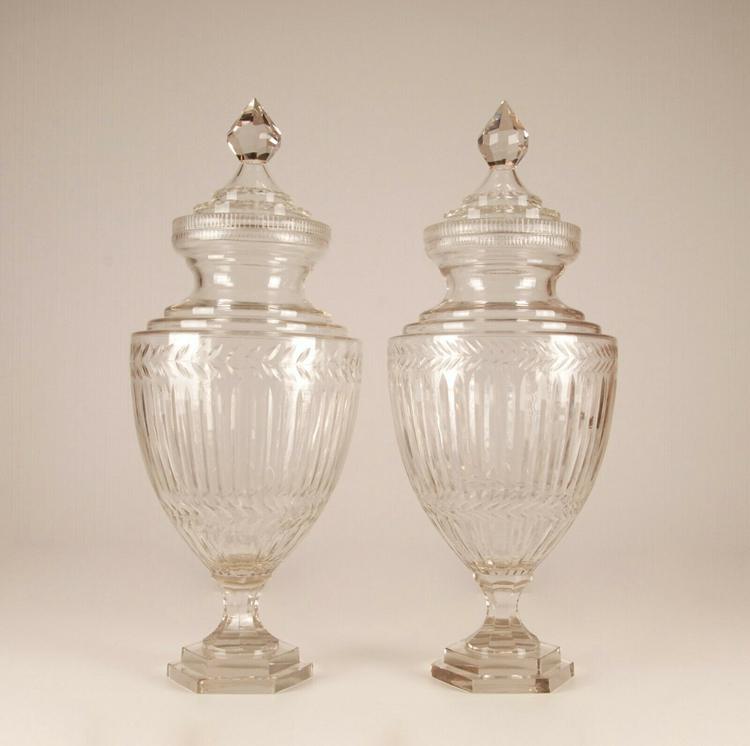




![Where To Sell Antique Furniture In 2022 [Ultimate Guide]](https://www.jacquelinestallone.com/wp-content/uploads/2022/09/Etsy-Your-Place-To-Buy-And-Sell-All-Things-Handmade-600x450.jpg)


